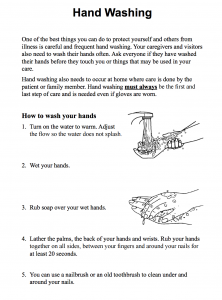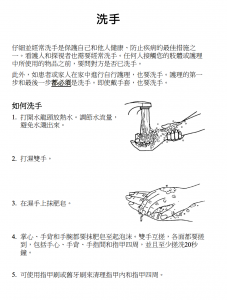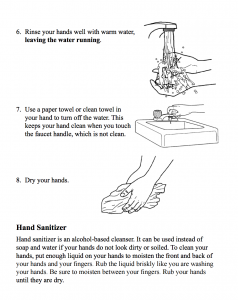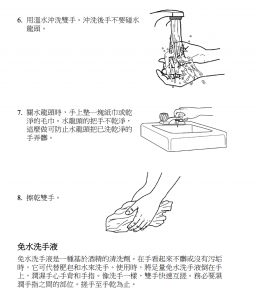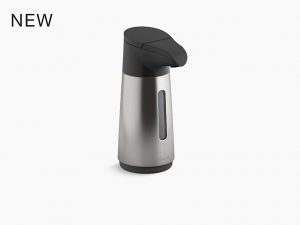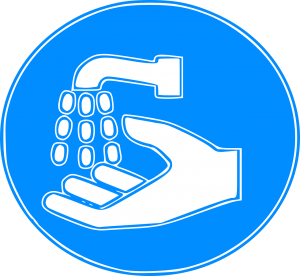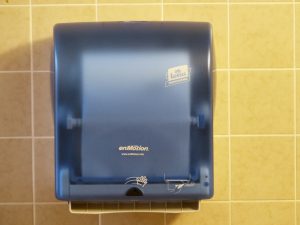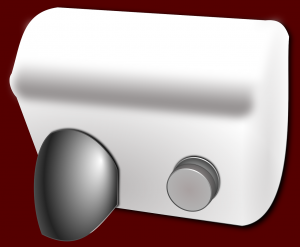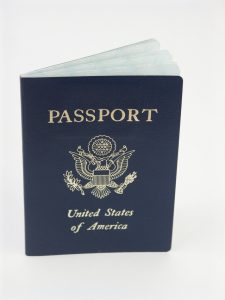Accurate communication is crucial in providing health services. Employees in hospitals, clinics, and community health centers need to be able to reach individuals with limited English proficiency (LEP) through language and understanding of culture.
One helpful resource is HealthReach, which provides quality multilingual, multicultural public health information for those who provide health care for individuals with LEP. Brochures, videos, toolkits, reports, and fact sheets are available to help improve the quality of service and communication efforts between providers and patients.
Hand washing, of course, is crucial in protecting ourselves and others from illness. This 4-page handout explains in detail the proper procedure for washing with soap and water (and drying!), and also using sanitizer, in both English and Traditional Chinese.
Having the instructions in both languages ensures clarity for both parties in communicating information as central to health as hand hygiene.
More information is available, including information available for print or download in more than 15 languages, at https://www.healthinfotranslations.org/.
Sources:
https://healthreach.nlm.nih.gov/document/621/Hand-Washing
https://healthreach.nlm.nih.gov/about-healthreach
https://www.healthinfotranslations.org/pdfDocs/HandWashing_TCH.pdf

